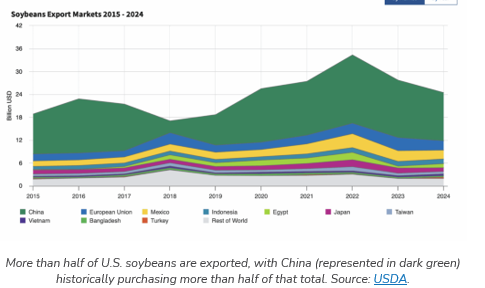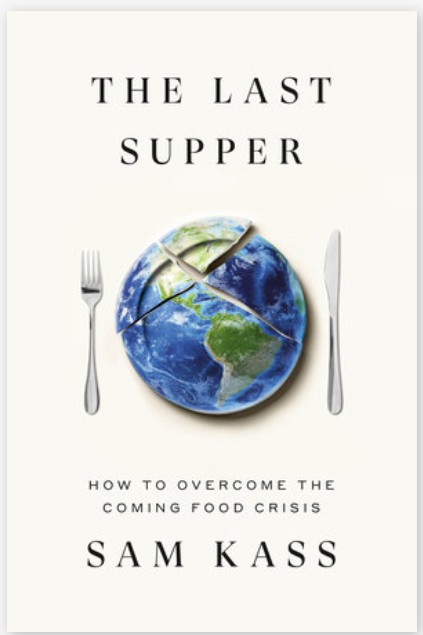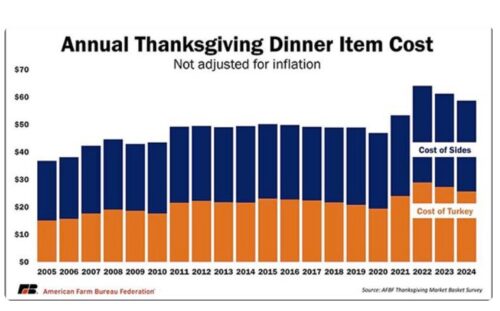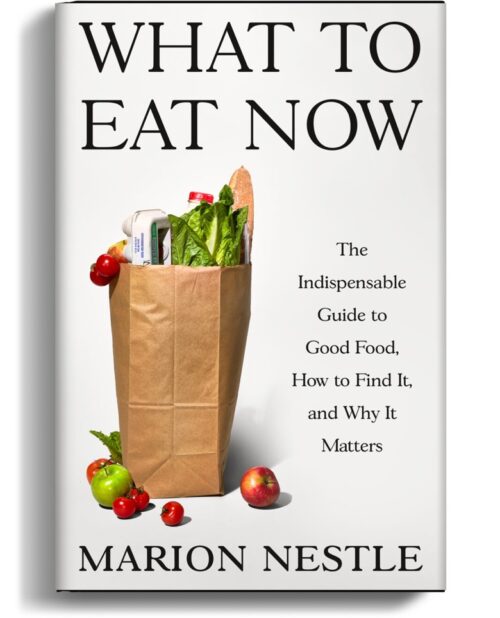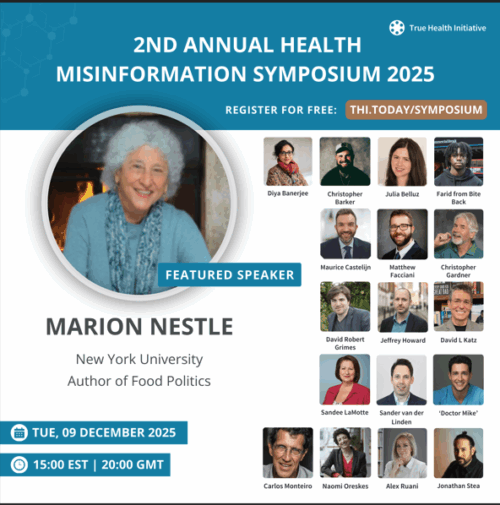Weekend reading: Women building food systems
NOTE: Nancy Matsumoto is speaking today at NYU at 3:30, 411 Lafayette, 5th Floor, Manhattan. RSVP HERE
Nancy Matsumoto. Reaping What She Sows: How Women Are Rebuilding Our Broken Food System. Melville House 2025. 322 pages.
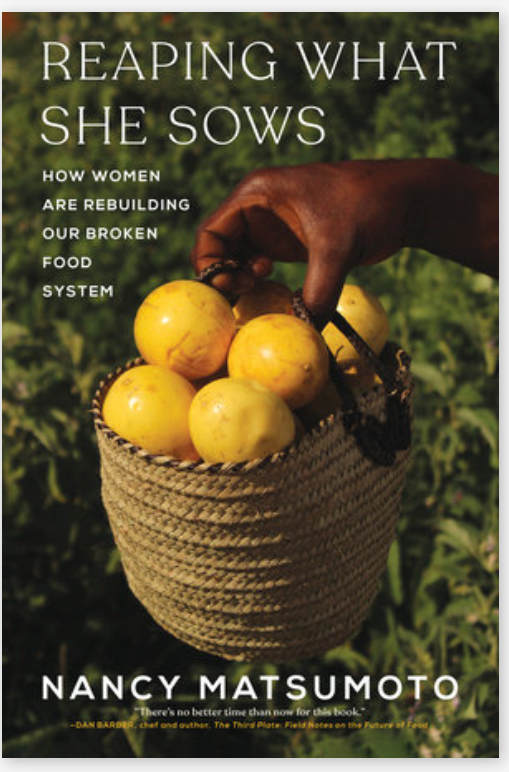
I did a blurb for this book.
Women play enormously important roles in food systems and in the food movement, but are often overlooked. Matsumoto brings women out of the shadows and highlights the efforts of a wide diversity of women in the United States and in low-resource countries throughout the world to create food systems healthier for people and the planet.
Nancy Matsumoto interviewed women doing wonderful work with grains, supply chains, grass-fed cattle, fish, cacao and coffee, grape and agave, and more.
From the chapter “Fighting Big Food on the Produce Front: Women Wranglers of the Alt Supply Chain”
One example [of regulations that favor industrial agriculture] involved progressive California legislators’ attempt to rid farm communities of toxic nitrogen in their groundwater. “There are lots of small communities in the Central and San Joaquin Valleys where residents can’t drink their water because there are so many nitrates in it and that’s directly related to runoff from chemical fertilizers,” Redmond [Judith, of Full Belly Farm] explains. But the paperwork required to comply with this regulation was geared toward giant chemical fertilizer–dependent farms growing a single crop, or monoculture, not a farm like Full Belly that strives for diversity. It was easy for a mega almond farmer, for example, to plug in one set of numbers, but much harder for Full Belly—with its eighty different crop varieties that harness the power of the sun and complex ecological interactions to build soil carbon—to comply with the regulations
From the chapter, “Women of the Grain, Grape, and Agave: Regenerative Beverages”
When I drop in on MISA’s [Minnesota’s Institute for Sustainable Agriculture] offices at the University of Minnesota to visit executive director Helene Murray and local writer Beth Dooley, they ply me with coffee, local raspberries, and packets of popped Kernza. Dooley’s contribution to the MISA effort is her cookbook, The Perennial Kitchen, centered on Midwestern perennial grains, nuts, and seeds, and regeneratively farmed vegetables, poultry, and livestock. Murray tells me about efforts to increase Kernza’s small seed size, which will make cleaning and threshing much easier, and to address the five-foot-tall plant’s propensity for “lodging” or toppling over. While Kernza gets most of the attention, she points out that there are many other grains the institute is researching and promoting. To counter some of the hype around Kernza as the poster grain for regenerating soil and ecosystems, she adds, “there’s no silver bullet.”

